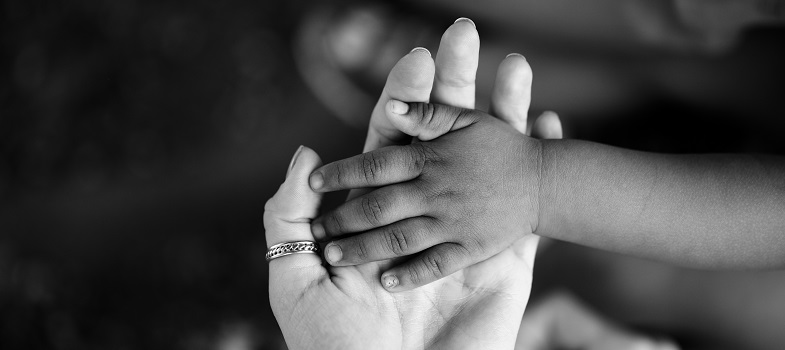Glossary
Special | A | B | C | D | E | F | G | H | I | J | K | L | M | N | O | P | Q | R | S | T | U | V | W | X | Y | Z | ALL
A |
|---|
Additional Support NeedsAdditional support needs (ASN) | ||
I |
|---|
Inclusive EducationDefining ‘inclusive education’According to the Scottish Government’s Guidance on the presumption to provide education in a mainstream setting (2019), inclusive education is underpinned by:
| ||
L |
|---|
LegislationLegislation is a legal act that is passed by the government. It is essential that the law is followed. | ||
T |
|---|
The Medical Model of DisabilityThe medical model of disabilityThis model is regarded as being a negative approach to disability because people with disabilities are seen as being less able because of their disability. | ||
The Social Model of disabilityThe social model of disabilityThis model is a way of understanding the world that says people are disabled by barriers in society rather than by their difference or impairment. If barriers are removed, a person may still have an impairment but they would not be disabled. For example, an early years setting without ramps connecting the indoor and outdoor areas would be disabling a child who uses a wheelchair from moving freely around the setting. The social model was developed by disabled people themselves in the 1970s as part of a civil rights movement campaigning for equality and seeking to change attitudes towards disability. It is part of the United Nations Convention on the Rights of Persons with Disabilities, which states that:
| ||
For further information, take a look at our frequently asked questions which may give you the support you need.
If you have any concerns about anything on this site please get in contact with us here.
